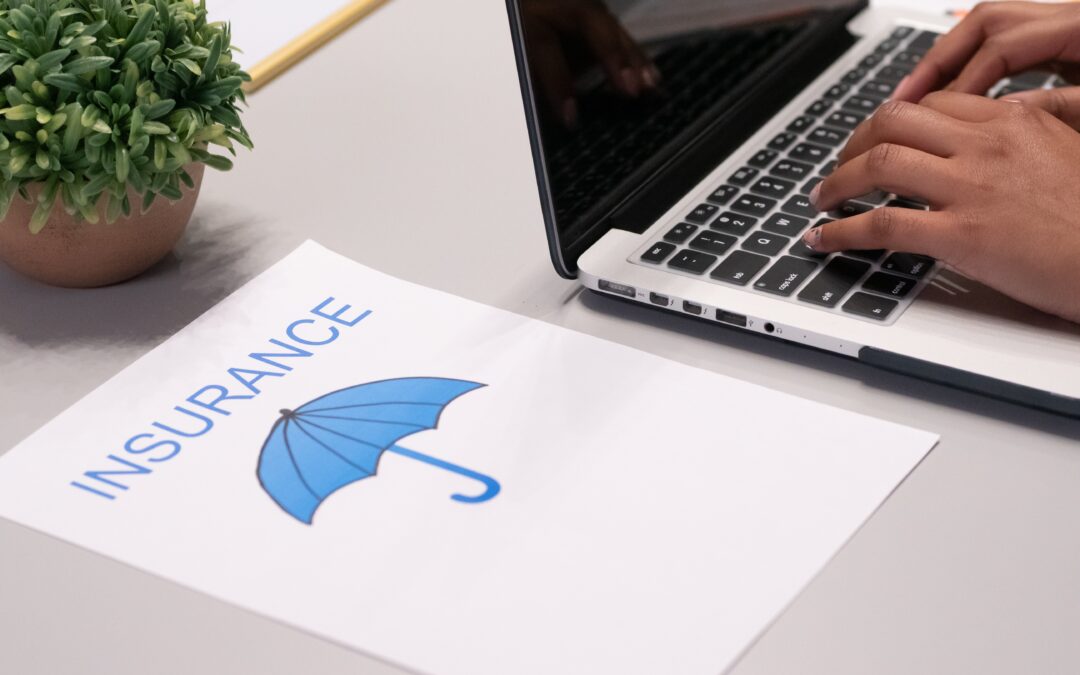If you’ve been in a car accident, you could find yourself a bit flustered at the prospect of the next steps to take to recover damages. (Illinois saw an 18% rise in traffic deaths in 2021, per National Safety Council). Of course, whenever you’ve been injured in an accident of any kind, your first priority should always be to seek medical attention immediately. Your medical care is always of primary importance in the aftermath of an accident. This is true for many reasons. Obviously, your health can deteriorate if you delay treatment. And, courts don’t typically find damages from delayed treatment following an accident the responsibility of the at-fault driver. You have a responsibility to get treatment quickly. It’s simply in your best interest.
However, once that is underway and the dust begins to settle, you need to get other ducks in a row in order to create the best chances of success for recovering damages in your personal injury claim. One of those ducks is documentation of the facts of your accident claim. These three areas of documentation will go a long way toward supporting your claim:
Details and Information Exchanged at the Scene of Your Accident: Typically, directly following an auto accident, those involved exchange names, telephone numbers, and other personal details at the scene. Having this information collected and in one place will help provide your personal injury attorney with the necessary basics to pursue further information in your case.
Any Information Provided by the Police at the scene of the Accident: Also typical in accident cases, police are present at the scene. When that occurs they are required to provide an accident report. This report typically includes a diagram of the scene itself. The cars involved, pedestrians, street signs or lights, and other pertinent elements of the scene are usually documented at that time to provide the facts of the case. This report will also record any initial impressions of the accident’s cause that the officer can provide. This kind of documentation can help your personal injury attorney gain a keen understanding of your case. Ensure that you provide any police report provided at the scene to your attorney. If you were not given a police report, your attorney can obtain one from the police department on your behalf.
Any Pertinent Photographs: If at the accident scene you or the insurer or even another individual (a witness or passenger, for instance) captured photos of the scene, those photos may prove crucial to establishing the facts of your accident claim. They may also prove crucial in helping to establish damages in your case. Photos of the cars involved, the road conditions (level of street congestion, for instance), your injuries (in as much as it is possible to document with photos), and more can all be supportive of your personal injury claim and should be provided to your attorney in support of your case.
Statements: If you were contacted by the at-fault driver’s insurer and provided a statement, you are entitled to a copy of that statement. If you don’t have a copy of that statement, your attorney may request one from the insurer. (Note: You are not generally required to provide a statement to an insurer. If you are represented by an attorney and an insurer contacts you, contact your attorney immediately before responding).
If you have any questions about a personal injury claim and would like to speak with an attorney experienced in automobile accident claims, contact Bizzieri Law Offices in Chicago at 773.881.9000. We will work hard to recover damages in your case. We don’t charge a fee in most cases unless we do.


Recent Comments